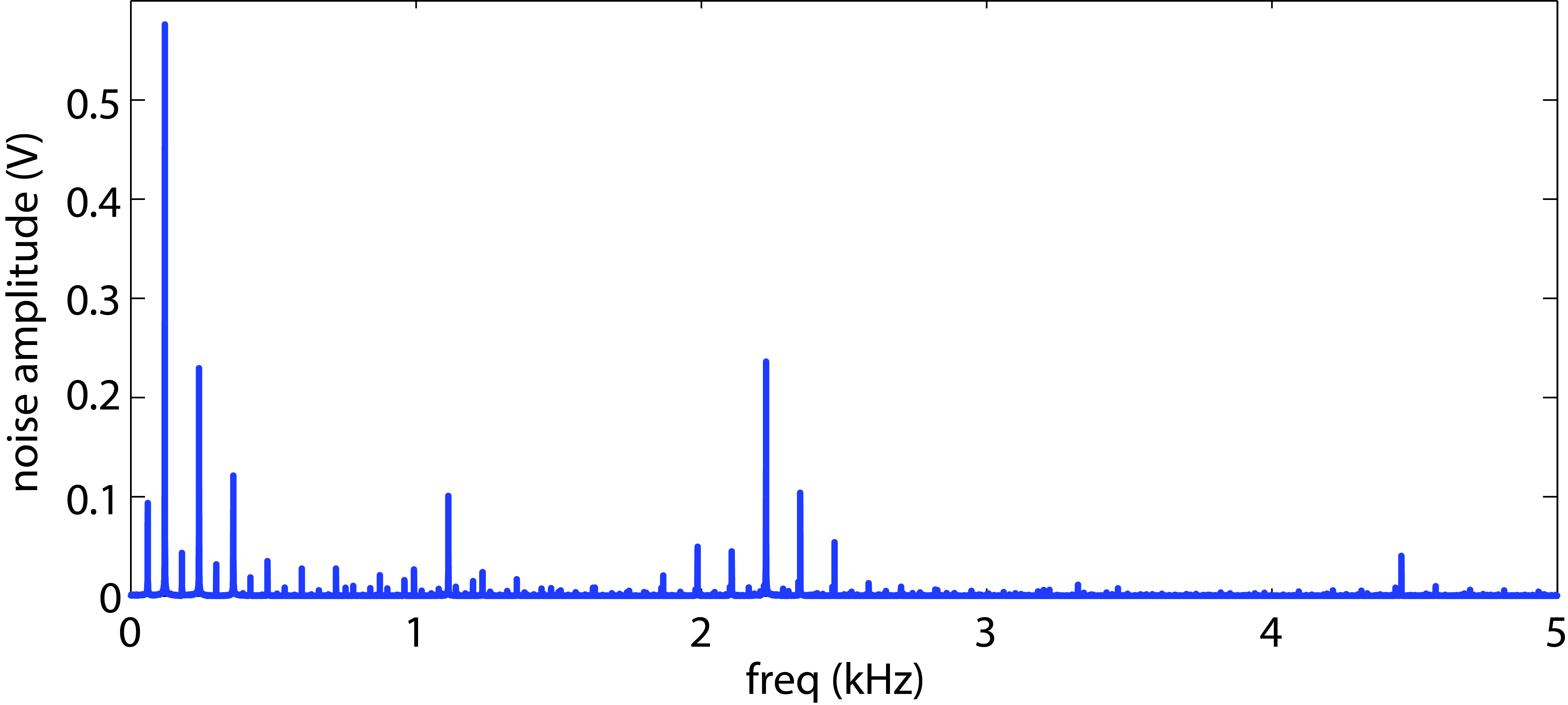User Tools
This is an old revision of the document!
Frequencies: 1111 1389 1724 2000 2273 2632 2941 3333 3571 3846
Frequency Selection
To create a narrow frequency for each player the LED optical signal would need to be a sine wave. However, this means that the ZYBO board would have to supply a variable voltage. Rather than creating a sine wave the transmitter will produce a square wave. This is accomplished by simply turning the LED on and off using a simple digital pin from the ZYBO board.
Creating the transmit signal and reading the receiver voltage require precise timing. Therefore, both of these tasks are accomplished using an interrupt service routine (ISR). In order to keep the processing to a reasonable amount both of these function are set on a 100 kHz maximum rate.
However, if the 10 bandpass filters with the associated power calculation and threshold computation are run at the 100 kHz maximum rate the computation will not be able to keep up with the data collection and the system will not be able to run real time. Therefore, the sample rate needs to be lower.
We decided to use a sample rate of 10 kHz. This figure shows the signal collected when the receiver is pointed at the room lights. This signal is entirely noise.
The good choice of player frequencies would be where the noise is low. However, the noise is spread over a lot of the spectrum. So it would be good to reduce the noise if possible.
The first step is to determine if the noise has the frequency components shown in the previous plot or if it is an aliased signal.


